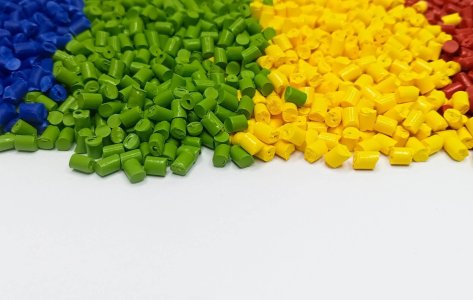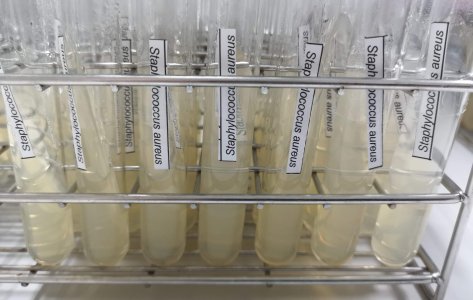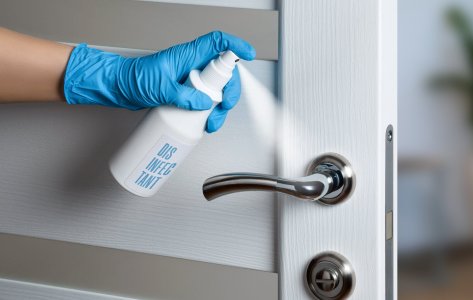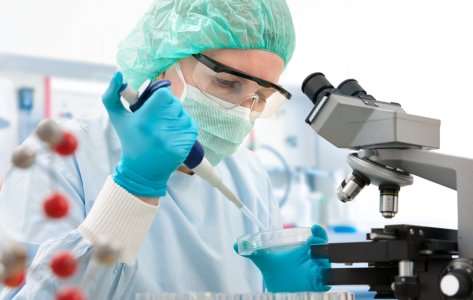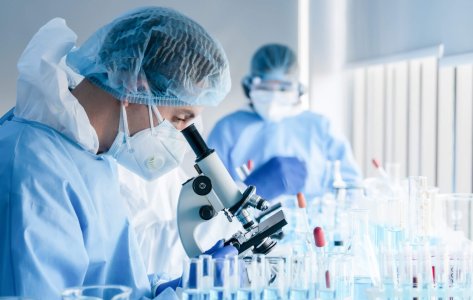- Swiss testing laboratory
ASTM E2870

Hassle-free testing experience
Need to get a product tested? No worries! To and fro logistics are on us; we collect your products, test them and, deliver them back to you.
Related tests for you
Evaluation of efficacy of hygienic handwash products in reducing transient microbial flora
Evaluation of the efficacy of hygienic hand rubs in reducing transient microorganisms on hands
Evaluation of antimicrobial effectiveness of healthcare personnel hand wash formulations against transient skin microorganisms
Evaluation of the efficacy of hygienic handwash and hand rub products in eliminating transient bacteria from hands
Quick understanding of the test
ASTM E2870 - Test Method for Evaluating Relative Effectiveness of Antimicrobial Handwashing Formulations using the Palmar Surface and Mechanical Hand Sampling
Application
- Escherichia coli (ATCC 10536)
- Palms of the volunteers are artificially contaminated with Escherichia coli.
- One hand is washed with the antimicrobial formulation, while the other is treated with the reference formulation.
- The bacteria remaining on the palms are collected using the mechanical scrubber and glove juice technique. Subsequently, the collected samples are cultured and quantified.
- The reduced bacterial load from the test product is compared with that of the reference formulations.
- Provides a direct and reliable comparison between antimicrobial handwash formulations and their reference formulations.
- Utilizes the palmar surfaces of the hands and mechanical hand sampling, which mimic real-world handwashing practices.
Turnaround Time
Passing criteria
Do you have a product that needs testing?
Abstract
ASTM E2870 provides a standardized method for evaluating and directly comparing the effectiveness of two antimicrobial handwashing formulations on the same subject. Unlike Test Methods E1174, E2755, and E2784, this practice employs a mechanical scrubbing device in combination with the glove juice technique, allowing more efficient recovery of viable bacteria from the palms. The use of mechanical sampling results in better bacterial recovery, offering more accurate and reliable assessment of handwashing product efficacy.
ASTM E2870 Test Conditions and Requirements
- Participants must have healthy hands and avoid antimicrobial use for at least one week prior.
- Test Organism: Escherichia coli (ATCC 10536)
- A control sample (reference formulation) is used to compare the results with the test sample.
ASTM E2870 Test Methodology
- The hands of the volunteer are artificially contaminated with microbial suspensioni. The palms are rubbed against each other to uniformly distribute bacteria across the hands.
- One hand of the volunteer is washed with the test formulation and the other with reference formulation. The hand washing procedure is standardized so that identical results can be obtained.
- After washing, the bacteria remaining on the palms are recovered by the glove juice method of sampling using a mechanical scrubber.
- Recovered bacteria are incubated under controlled lab conditions.
- Post Incubation, the number of viable test organisms recovered are enumerated and compared with reference formulation to determine the efficacy of the hand wash product.
Importance of ASTM E2870 Test
Hand hygiene is a key part of infection prevention, especially in healthcare and food safety environments. ASTM E2870 plays an important role by verifying the performance of antimicrobial handwashes before they are released to the market. The method uses smaller amounts of microbial inoculum and mechanical sampling, which better replicate real-world contamination compared to traditional approaches. It provides strong support for regulatory compliance, while also helping manufacturers improve product development through direct comparisons of different formulations on the same subject.
Conclusion
At Microbe Investigations Switzerland (MIS), we provide accredited laboratory testing services following ASTM E2870. Our expertise ensures that your antimicrobial handwash formulations are thoroughly evaluated under international standards, giving you reliable data for regulatory submissions, product claims, and consumer trust. Contact us today to learn more about our testing services.
Frequently Asked Questions

DR. Martinoz Scholtz
This standardized test method evaluates the effectiveness of various hand antiseptic formulations possessing antimicrobial activity in reducing the transient microbial population on the palmar surface under controlled conditions by mechanical sampling.
Products that can be tested under these test standards are antimicrobial handwash formulations.
The turnaround time for this test standard is typically a few days to one week or even longer, depending on the laboratory’s capacity and some specific requirements for testing.
At MIS, we can test for ASTM E 2870 by using bacterial strains such as E.coli.
Meet the best of the blend of
R&D, Efficacy Testing,
Innovation and Passionate
Experts at MIS.
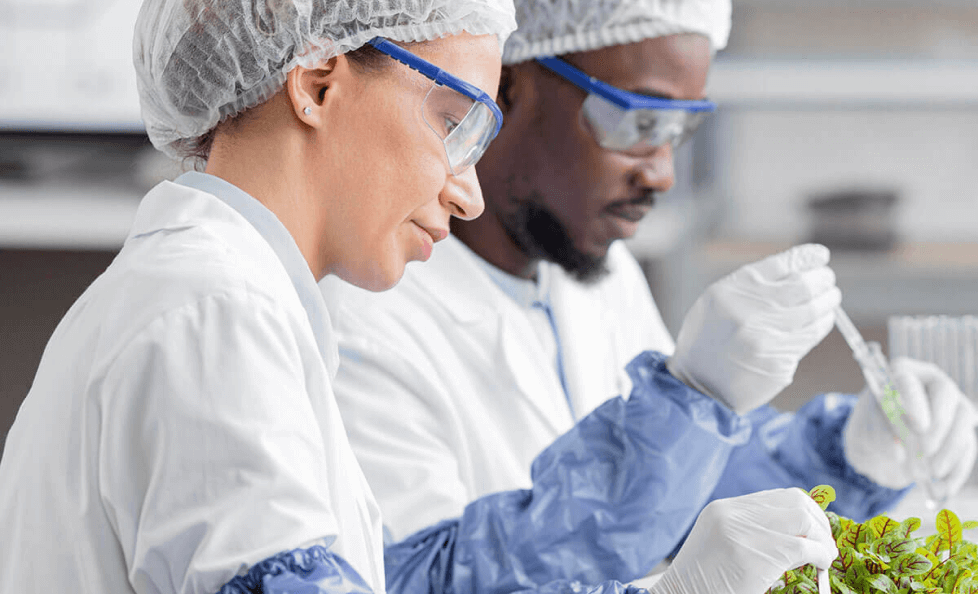
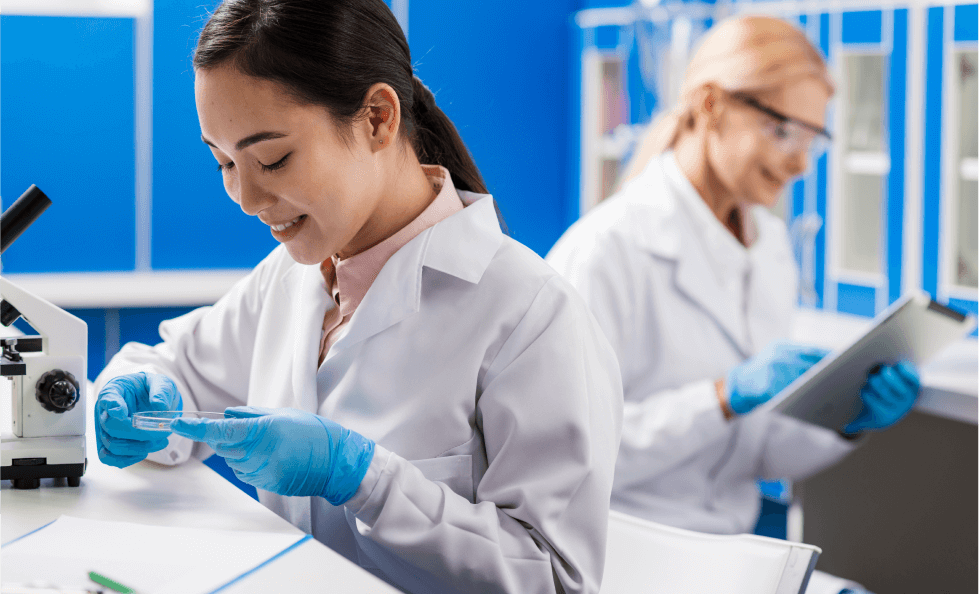
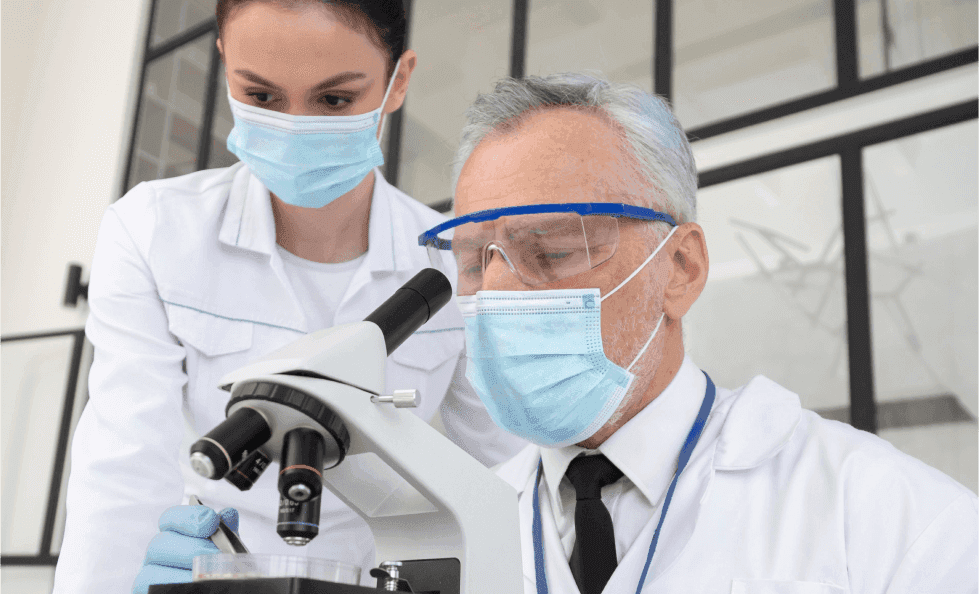
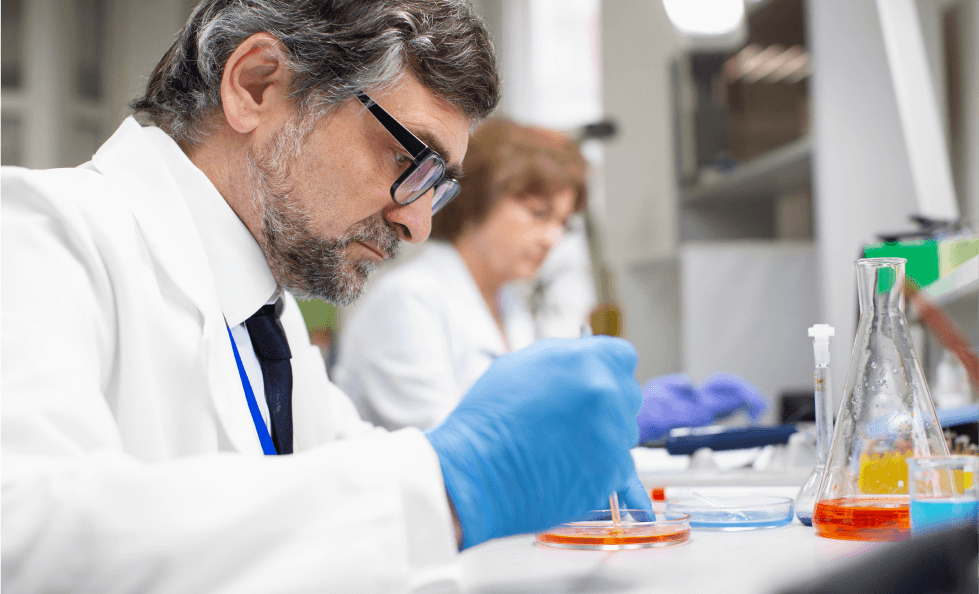
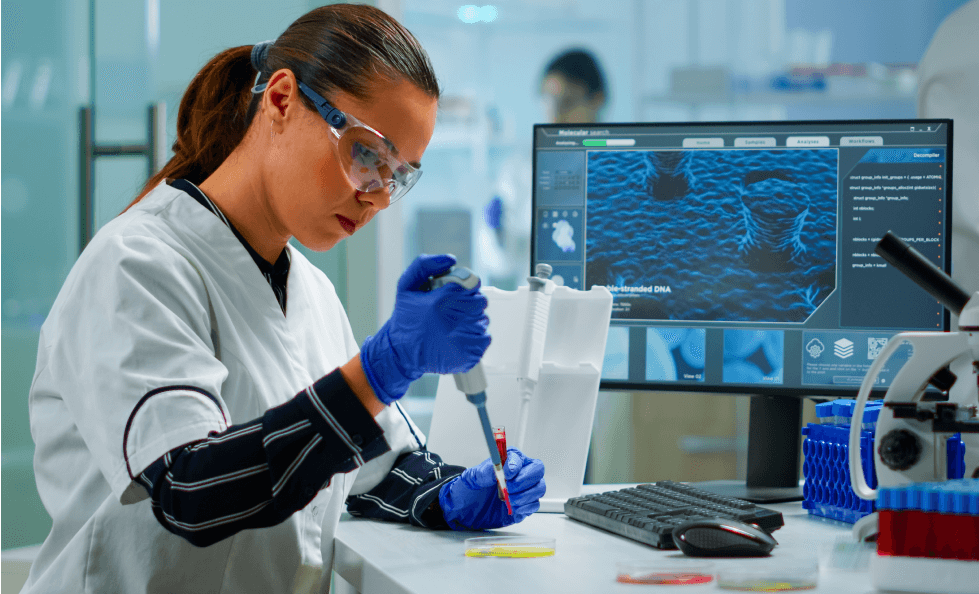
Explore More
In today’s health-conscious world, many
Did you know there are
Antibacterial testing of disinfectants plays
Antimicrobial testing is important to
EN 14347 establishes a test
